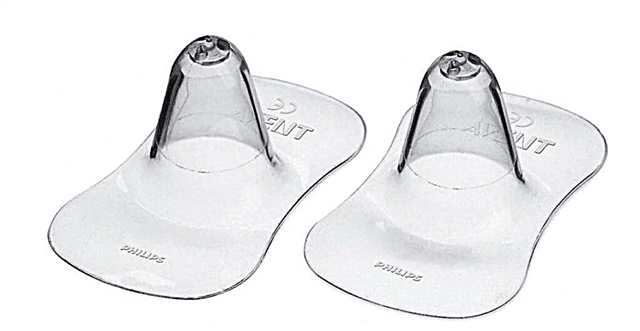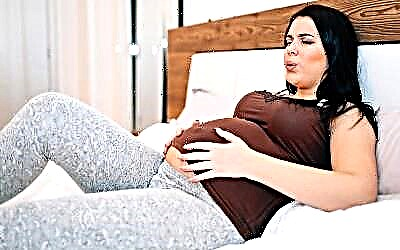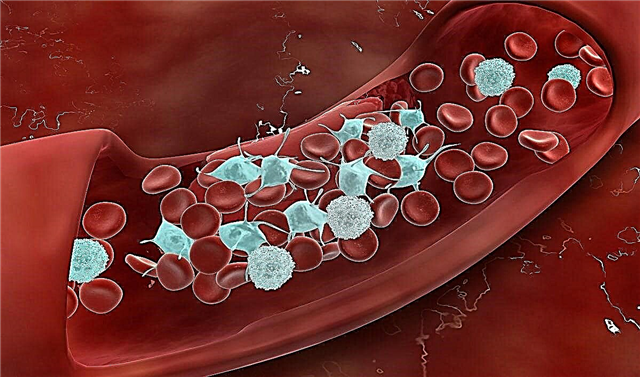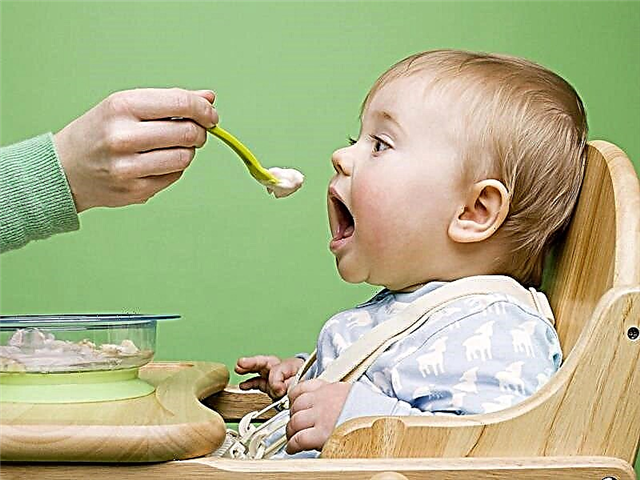Breast milk is the most optimal food for babies in the first 6 months of life. It is up to this age that the All-Russian Health Organization recommends keeping breastfeeding. Of course, each mother decides for herself what and how she will feed her child. But if there are some difficulties with natural feeding, then at present there are special devices that can help a mother. One of them is breastfeeding pads.
When might you need a nursing pad?
Breast pads should be used as a last resort because some problems may arise after using such devices. Before trying a mother to feed her baby with pads, you should consult with a breastfeeding specialist. Mom may be bothered by soreness in the nipple area during feeding, but using attachments will not eliminate these symptoms.
Unpleasant symptoms during breastfeeding can bother many mothers. This is due to the fact that the skin of the nipple in the initial period is very delicate and vulnerable. But then, in the process of regular feeding, the skin thickens and the painful sensations disappear.
Situations where breastfeeding pads are essential
There are situations when the problem with breastfeeding can be solved only by using breast pads. Indications for the use of special devices can be both on the part of the baby and on the part of the mother. Prematurity, pathology of the central nervous system are the main problems that can interfere with the normal course of natural feeding.
Children born prematurely are weakened and cannot independently perform the full act of sucking. They also often do not properly grip the nipple, so special pads help preserve breastfeeding.
Maternal indications include nipple problems. On the first day of feeding, a woman's nipples have rather delicate skin, which, when sucking, can be easily injured up to cracking. In such a situation, painful sensations appear, which bring quite significant discomfort. During this period, it is recommended to temporarily feed the baby through the pads and treat the damage on the nipples with healing creams and ointments, for example, Bepanten.
Also, a woman may have anatomical features of the structure of the nipple; it can be either flat or retracted inward. Both options make feeding difficult. The lining on the chest in this situation stretches the nipple, and the baby can safely eat.
Contraindications for the use of linings
There are no strict contraindications to the use of overlays. But it must be remembered that the use of these devices should be temporary, as some problems may arise after their use. Lactation may decrease because the baby cannot suck effectively through the pads. In this regard, the baby may not gain weight well. The learning process is also difficult. The child gets used to eating through the pad, so the baby may not take the breast without it.
Basic types of accessories
Breast pads for breastfeeding differ in the material of which they are made.
There are 3 main types of accessories.
Moreover, the first two types are more historical.
- Rubber pads are a pacifier with a glass or plastic mount. Doctors and breastfeeding experts do not recommend using such a device, since rubber tips have a large number of disadvantages. First of all, with this design, a distance is formed between the mother's nipple and the baby. As a result, no milk stimulation occurs. Secondly, the rubber pad does not fit tightly to the chest. Therefore, milk may drip past the baby's mouth. Thirdly, there is no skin-to-skin contact between mother and child, which is of great psychological importance.
- Latex nozzles also practically do not try on at the present time. As well as latex pacifiers, it is not recommended to use, because children often experience allergic reactions to this material. Latex attachments have an unpleasant odor, and they also quickly deteriorate.
- Silicone pads for feeding are the most popular today, and also safe. The material of which the nozzle consists is thin, transparent, hypoallergenic. Due to the fact that the silicone cap fits the nipple tightly, it is easier for the baby to grasp the nipple with the areola and, thus, stimulate milk production. Moreover, the baby can feel the mother's warmth and close contact is made. Silicone material has high wear resistance, does not lose its original appearance, and also tolerates boiling well during processing.

Recommendations for use
In order for the attachments to fully perform their functions, it is important to use these devices correctly and know the general recommendations for caring for the product.
How to choose the right size?
It's no secret that every person is different. Consequently, the nipple covers must be of different sizes in order to fit snugly against the breast. It is very difficult to immediately determine the size. After all, the nozzle should fit both in diameter and in the shape of the nipple.
Therefore, mothers often have to take several sizes and preferably from different manufacturers in order to try and choose at home what is right for the mother and baby. Also the size should be suitable for the child. For example, for premature babies, it is recommended to take a small attachment so that the baby can fully grip the nipple. Medela provides this attachment with a teat diameter of less than 1 cm in size S.
It is important to pay attention to the number of holes in the nozzle, the flow and the amount of milk that the baby will receive depends on this. The size chart of most manufacturers is based on the diameter of the nipple. Basically, modern firms offer the consumer 2 main options that are as close to natural sizes as possible. The small size or M fits nipples about 10 mm in diameter, while the larger size or L goes up to 20 mm in diameter. Some manufacturers make universal silicone breast pads.
How to attach a child correctly?
Before putting a baby to the breast, you need to be able to correctly put on nipple covers.
Each time before use, it is necessary to decontaminate the devices by steam treatment.
Make sure the nipple is tight before dressing. In the same condition, you need to measure the diameter of the nipple before purchasing the device. The lining is turned inside out and firmly adhered to the breast skin. To facilitate dressing, it is recommended to wear the device wet. The baby's nose should be in the middle of the resulting "butterfly". Mom needs to try to get the baby to capture the entire nipple along with the areola. With the correct placement of the pad, the woman will feel a rush of milk. In what position the baby will lie during feeding, it is up to the mother to decide. After all, it is more convenient for someone to feed while lying down, and for someone sitting.

Care of the product
Since breast milk is a favorable breeding ground for pathogenic bacteria, you need to carefully monitor the cleanliness of products. The first thing to do after buying breast pads is to boil. Each feeding through the device should end with washing the latter in a soapy solution.
Dry pads are stored in special containers. It is not recommended to boil each time before use, as the silicone material may not be as soft as it was in the beginning. It is best to process the linings in special steam sterilizers. Steam treatment is the most gentle on silicone products.
All the advantages and disadvantages of breast pads
Before choosing to feed your baby through the breast pads, you need to highlight all the pros and cons of this device.
Of course, breast pads are a useful invention that has many advantages:
- pads protect the chest from mechanical damagethat can form during feeding;
- pads allow breastfeeding even with pre-existing cracks in the nipples;
- onlays can form the nipple with anatomical features, which can interfere with breastfeeding;
- even premature mothers can receive milk without problems and children with pathology of the central nervous system naturally with the help of overlays.
Mom also needs to familiarize herself with the existing shortcomings of this product:
- babies get used to feeding over time through the pads and may not take the "bare" chest in the future;
- pad feeding does not completely replace the natural process. As a result, incomplete emptying of the breast and the formation of lactostasis may be observed;
- some mums may have difficulty putting on the pads. And also this process is almost impossible outside the home;
- improperly selected breast pad can provoke the development of hypogalactia (decrease in the amount of milk).
It is recommended that you consult with a breastfeeding specialist before purchasing breast pads.

Top 5 best breast pads
There are currently 5 of the most popular breast pads on the market today that are in demand by most moms.
- Philips Avent silicone pads. This brand is the most bought. The manufacturer offers a large number of devices (pacifiers, bottles, sterilizer, pads, etc.) that help mom. Breastfeeding pads are made of silicone material, which is tasteless and odorless and retains its original appearance for a long time. Some packages may include 2 sizes at once, which is an indisputable advantage, since it is more convenient for mom to choose her individual size. A small version of the product is designed for a nipple diameter in a stressed state of no more than 10 mm, and a larger size goes for a diameter of up to 20 mm. The price of overlays, regardless of size, is 550 rubles.
- Medela Silicone Pads also made of thin, safe, silicone material. The advantage of this brand is the production of the smallest pads for premature babies. The size grid of the pads includes the M and L options. M fits 10 mm teat diameter, L is designed for teat sizes over 10 mm. In addition to the linings, the package includes a special container for storing the product. Such a set costs about 500 rubles.
- Pigeon silicone pads. Such products are composed of a delicate, thin material that does not cause allergic reactions in a child. The package also includes a container which is very convenient to use. The manufacturer offers more accurate measurements. M is designed for 11 mm teat diameter and L for 13 mm. The price category does not differ much from the aforementioned companies and is approximately 500 rubles.
- NUK silicone pads. The devices are made of the same hypoallergenic, thin silicone. The pads are also available with a protective container. Dimensions are for larger nipple. Size M will fit a teat diameter of 20 mm, and L will fit 24 mm. NUK brand pads have a unique triangular shape and soft lugs on the base to stimulate milk. The price for a set starts at 360 rubles.
- In the last paragraph, several manufacturers can be indicated, since they are less popular and have a universal size. These include Ameda, Chicco, Tommee Tippee. The price ranges from 350 to 500 rubles. The composition differs little from each other. All pads have a soft, delicate, thin silicone material.

Breast pads
How can I wean my baby from the breastfeeding pad?
The main disadvantage of feeding with pads is the likelihood of developing a problem of weaning from them. Women should always remember that such feeding should be temporary. After the nipples have healed or the child has grown up enough and can eat himself, you need to start feeding the baby without pads. To do this, the mother, during the feeding process, imperceptibly needs to remove the devices and re-offer the baby a “bare” breast.
You can also feed without pads immediately after sleep, because a sleepy and hungry baby may not understand that he is sucking without a device. Some mothers cut off the top of the pad so that the baby can feel the mother's skin and resume feeding naturally. During weaning, it is important not to give out bottles and pacifiers as they mimic a silicone pad.
Conclusion
In any case, only the mother can decide how and with what she feeds her baby. Breast milk is definitely the best food for a baby. But there are times when there are some difficulties for breastfeeding. If the mother wants and is ready to preserve natural feeding, then a large number of devices have been created for this process. One of them are silicone pads. They are the most effective and safest. In addition to a large number of advantages, there are also disadvantages that you need to remember and finish feeding through the pads on time.



